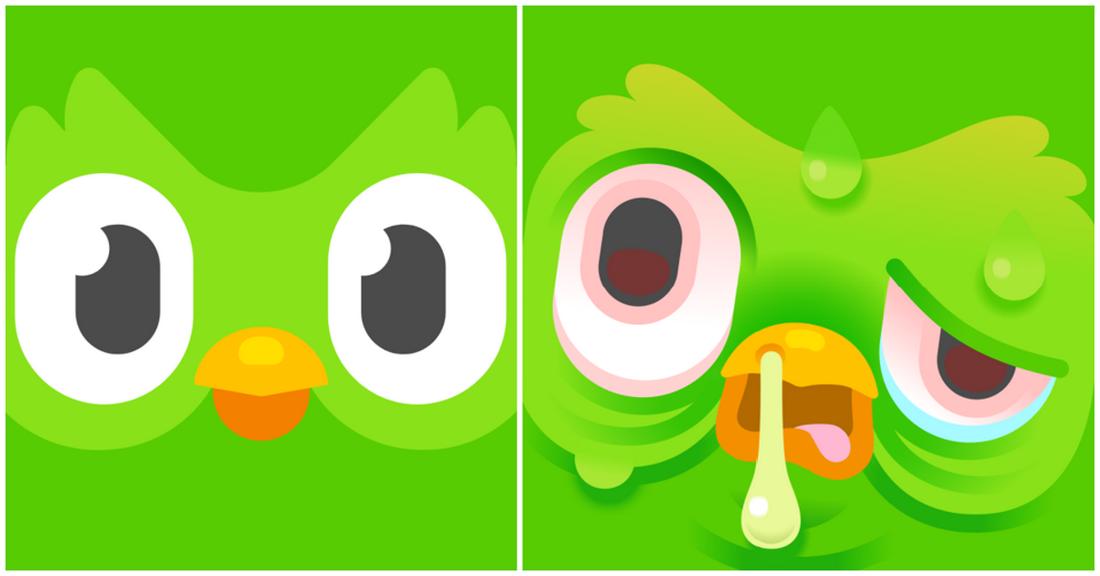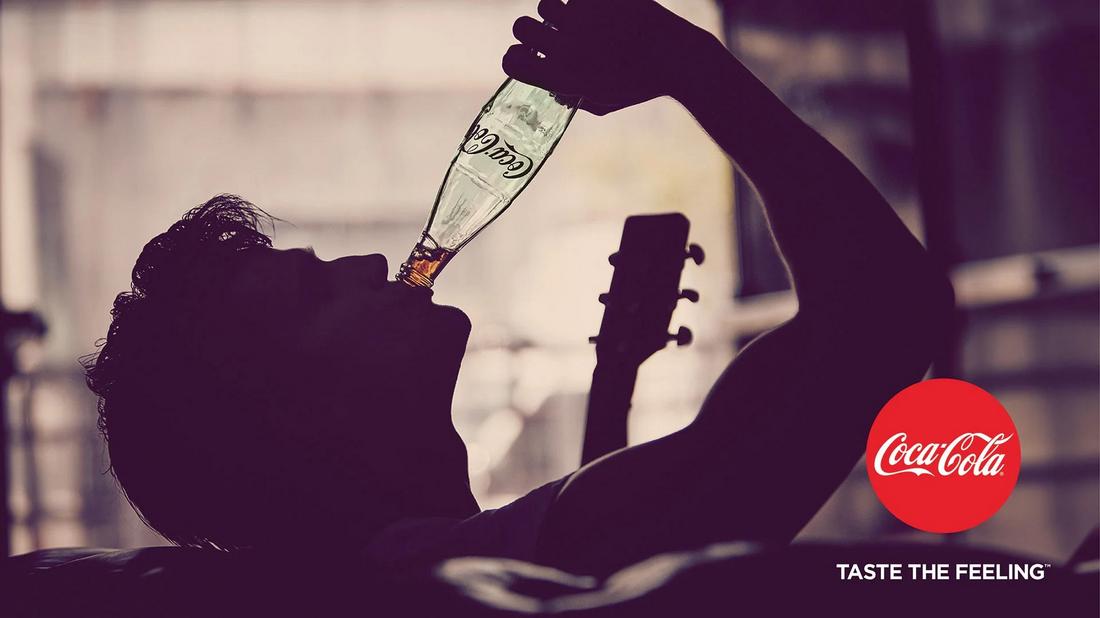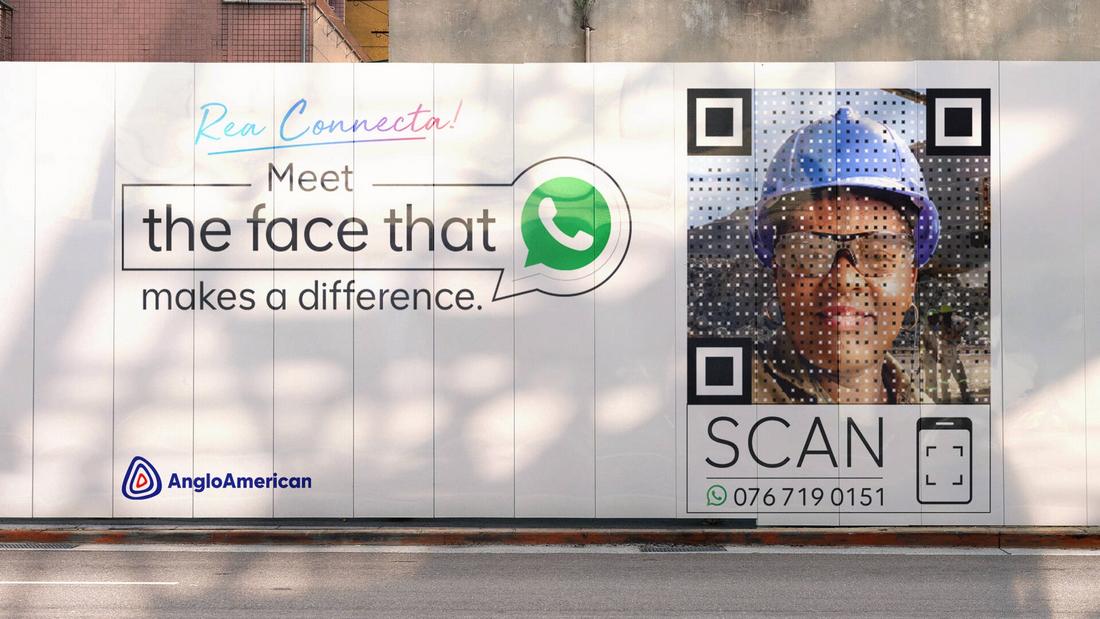Top 10 Branding Trends to Watch Out for in 2026
Branding never stands still. As technology evolves, so do the ways businesses express their identity and connect with audiences.
From AI-assisted design tools to cultural shifts shaping tone and authenticity, the world of brand building is changing fast.
But while many trends come and go, the best ones reflect deeper shifts in how people live, shop, and engage with brands.
They show how creativity adapts to new platforms and expectations while staying rooted in timeless principles like clarity, emotion, and trust.
As we move into 2026, a new wave of modern brand identity systems is emerging. Brands are thinking more dynamically, designing for fluidity rather than rigidity, and creating identities that can evolve across countless screens and experiences.
Today, we take a closer look at emerging branding trends that are defining the next phase of visual branding evolution.
Without further ado, let’s dive right in.
1. AI-Augmented Creativity

Artificial intelligence is no longer a buzzword in design; it’s a creative partner. In 2026, AI has become a key tool for brand strategists and designers, not for replacing creativity but for amplifying it.
AI tools now help teams generate early ideas, test brand visuals in real time, and predict audience reactions based on data. This means brand identities can evolve faster and more intelligently.
For instance, AI can analyze how different logo variations perform across cultures or automatically adjust a brand palette for better accessibility and emotion.
The key to using AI in branding is intentionality. The most successful brands will use it to enhance human creativity, not automate it.
Designers who learn to combine AI efficiency with intuition and storytelling will set the tone for branding trends 2026, where technology supports artistry rather than defines it.
2. Hyper-Flexible Brand Systems

The days of static logo lockups and rigid brand manuals are over. Flexibility is now the rule, not the exception.
As brands expand across social platforms, digital environments, and immersive experiences, they need visual systems that can stretch, adapt, and still feel cohesive.
This new approach to brand identity treats every component, logo, type, motion, and sound as part of a living system.
Instead of one fixed logo, brands might use responsive logo marks that shift in size, shape, or animation depending on context.
In 2026, this flexibility will go further. Motion, interaction, and environmental context will influence how identities appear.
3. Purposeful Minimalism

Minimalism has been a design constant for years, but in 2026, it’s evolving into something more intentional.
Rather than simply reducing elements, brands are using minimalism to clarify purpose and focus on what truly matters.
The next wave of minimal branding isn’t about stark simplicity; it’s about clarity and emotional precision.
Expect to see typography-driven logos with subtle expression, pared-down color palettes that feel human, and design systems built around strong storytelling rather than decoration.
This shift reflects a broader desire for honesty and transparency. As consumers grow more skeptical of overproduction, minimalism grounded in meaning feels refreshing and trustworthy.
4. The Return of Color Emotion

After several years of muted palettes and neutral tones, bold color is making a confident comeback.
Brands are rediscovering the power of emotional color, using vibrant hues and contrasts to express personality, energy, and optimism.
Color is one of the most powerful branding tools because it communicates instantly.
In 2026, we’ll see brands using color more strategically, often through motion or layered gradients that evolve across digital environments.
These transitions aren’t just decorative; they tell stories of energy, change, and diversity.
5. Immersive Brand Experiences

As mixed reality (MR) and augmented reality (AR) become mainstream, branding is expanding beyond screens into three-dimensional, participatory worlds.
The result is a shift from brand storytelling to brand experiences.
Imagine a brand identity that lives not only on packaging or websites but also as interactive environments, digital storefronts, AR filters, or immersive product demos.
In 2026, many brands are designing 3D logos, spatial patterns, and motion-based identities that adapt to both physical and virtual spaces.
This approach also transforms how audiences engage. Instead of being passive consumers, they become co-creators. Users can explore branded environments, customize experiences, and influence how identities unfold.
For designers, this means learning to think spatially and emotionally; building systems that feel cohesive across touch, sight, and motion.
6. Sustainability-Driven Branding

Environmental awareness has been influencing design for years, but in 2026, it’s no longer a choice; it’s a core value.
Brands are now expected to reflect sustainability not just in messaging, but in how they design, produce, and present their identities.
This shift goes beyond green logos or recycled packaging. Sustainability-driven branding is about designing systems that minimize waste, reduce digital overload, and communicate responsibility through material and visual choices.
From eco-conscious color palettes inspired by natural pigments to lightweight websites optimized for energy efficiency, every design decision can express ecological mindfulness.
In terms of tone, brands are moving away from guilt-driven messaging toward empowerment and progress.
The most successful sustainable identities use optimistic visuals and accessible language to invite participation rather than pressure.
7. Nostalgic Futurism

The collision of retro and future aesthetics is defining a new design movement. Nostalgic futurism combines the warmth of vintage visuals with the sleekness of digital innovation.
It’s a balancing act that creates familiarity and excitement at the same time.
This trend plays out in typography, color, and motion. Designers are reviving retro wordmarks, gradient-heavy textures, and analog-inspired noise, but pairing them with modern layouts and responsive behavior. The result feels both comforting and forward-looking.
It’s not just visual nostalgia; it’s emotional. In an era of rapid technological change, brands that blend the past with the future create emotional anchors for audiences.
Nostalgic futurism reminds people that progress doesn’t mean losing touch with humanity.
8. Sensory Branding

With digital environments becoming increasingly immersive, brands are exploring experiences that go beyond sight.
Sensory branding engages touch, sound, and even scent to create stronger emotional connections.
For digital-first brands, this might mean using sound design for interface feedback, tactile haptics in wearable devices, or subtle motion cues that “feel” rhythmic to the user.
For physical products, textured materials and responsive packaging are becoming powerful storytelling tools.
Audio branding is also taking center stage again. Short sonic logos and adaptive soundscapes are replacing static jingles, giving brands a recognizable auditory presence across podcasts, devices, and AR experiences.
As the lines between digital and physical continue to blur, multisensory design will redefine what it means to build a modern brand identity, one that people don’t just see but also feel.
9. Authentic Storytelling

Audiences are increasingly drawn to brands that act like people, not corporations.
Authentic storytelling has become a key differentiator, helping brands build long-term trust in a world saturated with polished visuals and algorithmic marketing.
In 2026, authenticity means showing the real process behind the brand, transparent sourcing, honest mistakes, and genuine voices.
Instead of perfect, scripted campaigns, brands are embracing more documentary-style visuals, real user content, and behind-the-scenes storytelling.
Typography and layout design are also shifting to reflect this transparency.
Expect more raw photography, natural lighting, handwritten elements, and editorial-style compositions that prioritize narrative over perfection.
The new rule of authenticity is simple: don’t tell people what your brand stands for—show them.
10. Fluid Motion Systems

Motion is no longer a finishing touch; it’s part of the brand system itself. In 2026, the best visual identities aren’t static; they move, transform, and respond to context.
Fluid motion systems take the essence of a brand and translate it into dynamic patterns of movement that convey emotion and personality.
From animated logos to responsive website transitions, motion gives brands a sense of life. But unlike the flashy animations of earlier digital design, modern motion is subtle and purposeful.
It follows rhythm, timing, and tension that mirror the brand’s tone.
For example, a wellness brand might use gentle, wave-like animations to suggest calmness, while a tech startup could adopt quick, modular transitions to communicate agility.
These motion systems also make branding more adaptable. They allow visual identities to live across screens, billboards, and immersive environments with consistency and energy.
In Conclusion
One thing becomes clear: the future of branding is multidimensional. It’s about connecting emotionally while adapting visually. It’s about building systems that are flexible yet grounded in purpose.
In 2026, the most successful brands won’t just be recognizable; they’ll be relatable.
The brands that thrive will be those that see design not as decoration, but as a living ecosystem that grows, adapts, and listens.
Because in a world of constant change, authenticity, emotion, and connection remain the most timeless forms of branding.